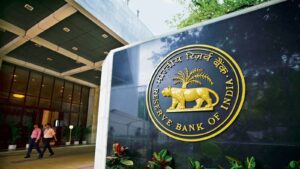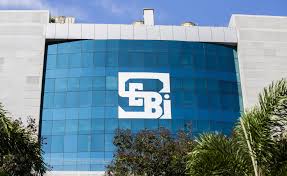Indian Economy Set for Recovery Post Slowdown in H1 FY2025: RBI Governor Malhotra

After a period of slower growth in the first half of FY2025 due to global uncertainties, Reserve Bank of India (RBI) Governor Sanjay Malhotra expressed optimism about the Indian economy’s prospects moving forward.
GDP growth dropped to a seven-quarter low of 5.4% in July-September, down from 6.7% in April-June 2024, falling short of the RBI’s projections of 7.1% and 7% for Q1 and Q2, respectively. In the foreword of the RBI’s Financial Stability Report (FSR), released on Monday, Malhotra stated, “Despite the global macro-financial uncertainties, the Indian economy is expected to regain momentum after the slowdown in H1 FY2025.”
Optimism for Future Growth
In his first official communication since assuming office on December 11, Malhotra noted that consumer and business confidence remains high, with a brighter investment outlook as corporations enter 2025 with robust balance sheets and strong profitability.
The FSR highlighted the steady growth of the Indian economy, driven by solid macroeconomic fundamentals and domestic growth drivers. Recovery in GDP is anticipated in Q3 and Q4 of FY2025, supported by increased public consumption, investment, strong service exports, and favorable financial conditions.
Focus on Financial Stability
Malhotra emphasized the RBI’s commitment to preserving systemic stability and maintaining trust in financial institutions. He also underlined the RBI’s dedication to fostering a modern financial system that is customer-centric, technologically advanced, and inclusive.
Banking Sector Resilience
The report showed significant improvements in the asset quality of banks, with the gross non-performing asset (GNPA) ratio dropping to a 12-year low of 2.6% in September 2024, and net NPA at 0.6%. Stress tests indicate that even under adverse scenarios, the banking and non-banking financial sectors will maintain capital levels well above regulatory requirements.
Under a baseline scenario, the aggregate Capital to Risk-Weighted Assets Ratio (CRAR) of 46 major banks may marginally decline from 16.6% in September 2024 to 16.5% by March 2026. No bank is expected to fall below the minimum capital requirement of 9%.
Global Risks and Challenges
Malhotra acknowledged ongoing global challenges, including geopolitical conflicts, financial market volatility, extreme climate events, and rising debt levels, which could pose risks to the medium-term outlook. However, with monetary policy expected to further support economic activity, financial conditions are likely to remain accommodative, aiding global GDP recovery.
Strengthening Financial Systems
India’s financial regulators are intensifying reforms and enhancing surveillance, supported by strong earnings, low impaired assets, and robust capital buffers. The FSR cautioned about vulnerabilities such as stretched equity valuations, stress in microfinance and consumer credit segments, and external risks, all of which warrant close monitoring.
Malhotra concluded by reiterating the RBI’s resolve to maintain financial stability and support India’s growth trajectory, reinforcing the central bank’s role in fostering economic resilience amid global headwinds.








